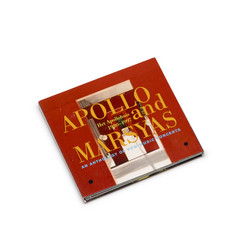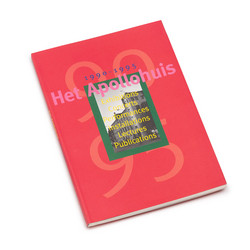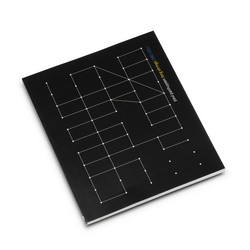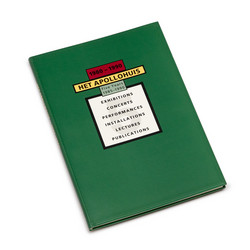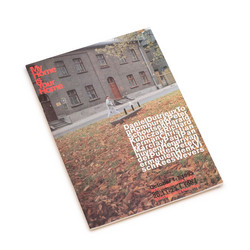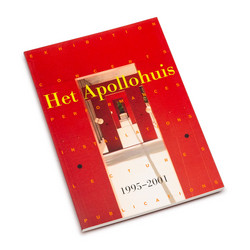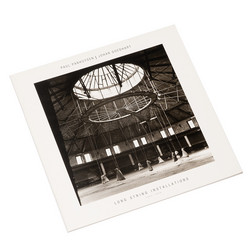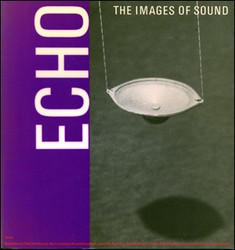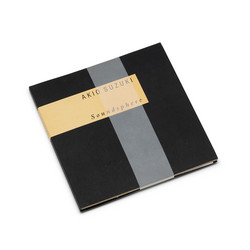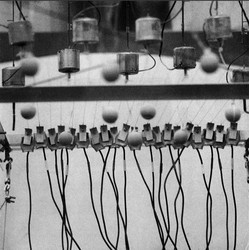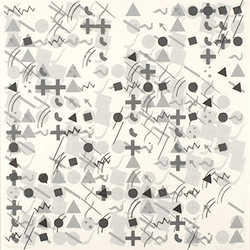Comes with a 22-page booklet in a two-panel Digipak sleeve. Paul DeMarinis presents a companion work to his acclaimed sound installation The Edison Effect, where ancient phonograph records, wax cylinders, and even holograms of records are played with laser beams instead of needles. This recording explores the archaeology of sound reproduction technologies, creating a dialogue between Edison's mechanical cylinders and contemporary digital audio. In the original installation, one of the most poetic pieces, Al & Mary Do the Waltz, features a laser beam passing through a fishbowl containing live goldfish - their movements occasionally interrupt the beam, creating what DeMarinis calls "uncomposed musical pauses" in the Strauss waltz. The work reveals how "a sound recording never preserves quite what it claims to preserve - aspects are missing and alien elements introduced." DeMarinis focuses on what he terms "the shadow of the technology" - the surface noise, channel noise, the rumblings of the mechanism that register upon the wax alongside the intended recording. These artifacts become compositional elements, "the song of long ago and far away."
The CD features voices from old records and wax cylinders, but it's the surrounding noises that draw attention. Tracks include Fragments from Jericho (masquerading as thousand-year-old sound cylinders), Etaion Shrdlu (revealing how Edison phonographs inscribe their own machinery sounds), and pieces where military marches by John Philip Sousa merge with TR-808 drum machines. This work predates the glitch movement and vinyl deconstruction artists like Oval, Christian Marclay, and Philip Jeck. DeMarinis describes the central image as "the fusion, or conflation of looking and listening" - the laser beam becomes like the ancient concept of visual rays that permit seeing by touching with the eyes.
A pioneering exploration of medium as message in sound art, where mechanical recording's impact on memory, time, and belonging is made audible through optical technology.
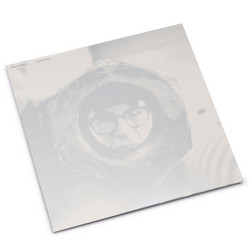
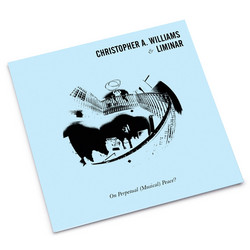
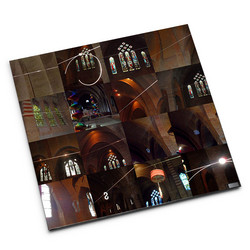
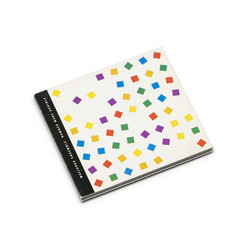
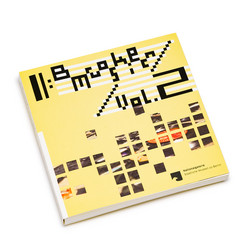
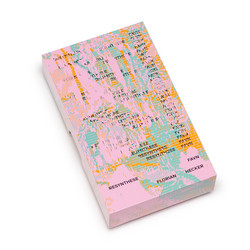


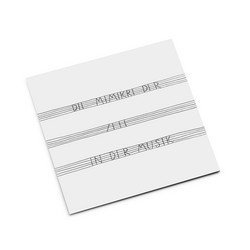


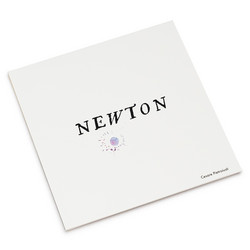

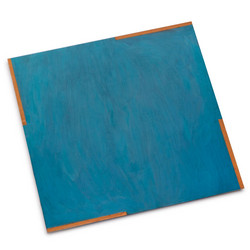

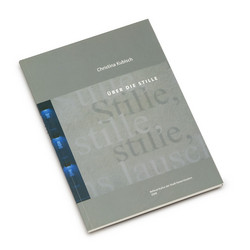

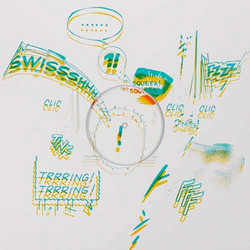
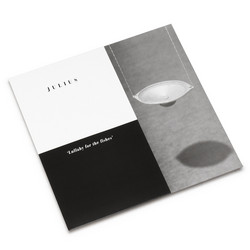

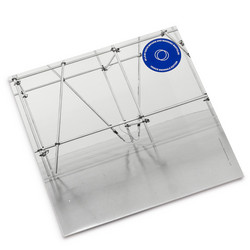
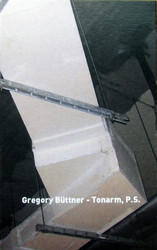
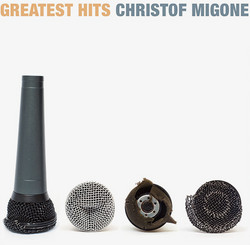
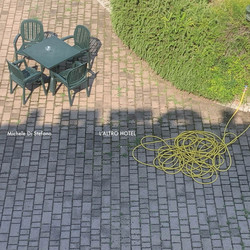
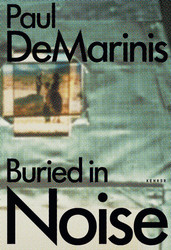

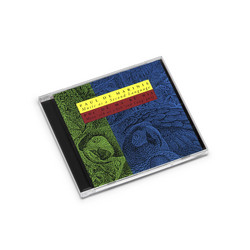
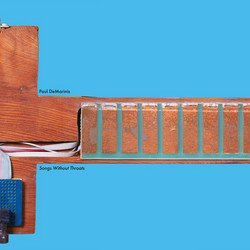




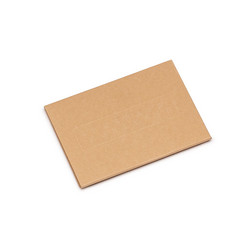
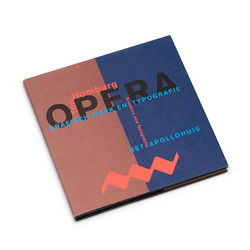
![Birome (Zone): Cube [frame] (Book)](https://cdn.soundohm.com/data/products/2022-11/Hunt_BiromeZoneCubeFrame_Book_01-jpg.jpg.250.jpg)
